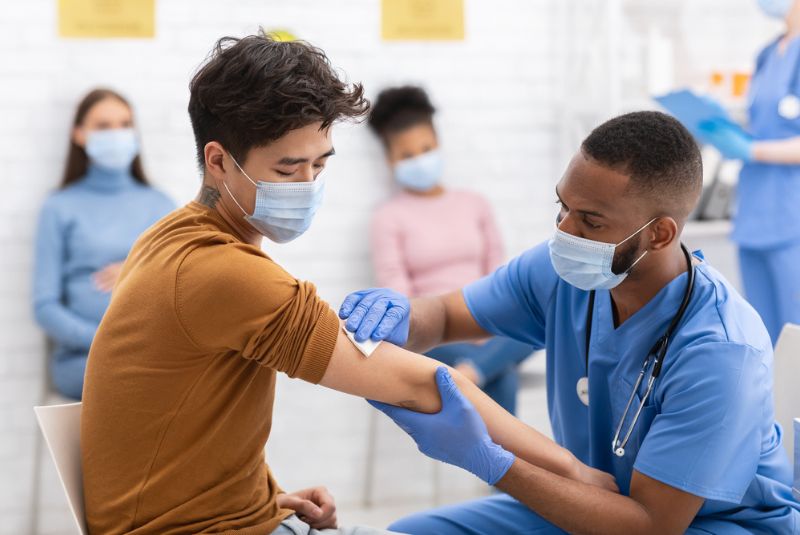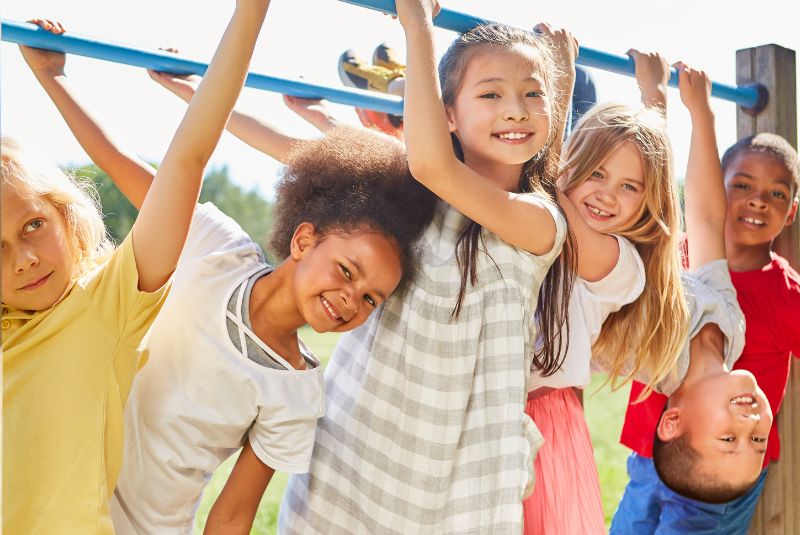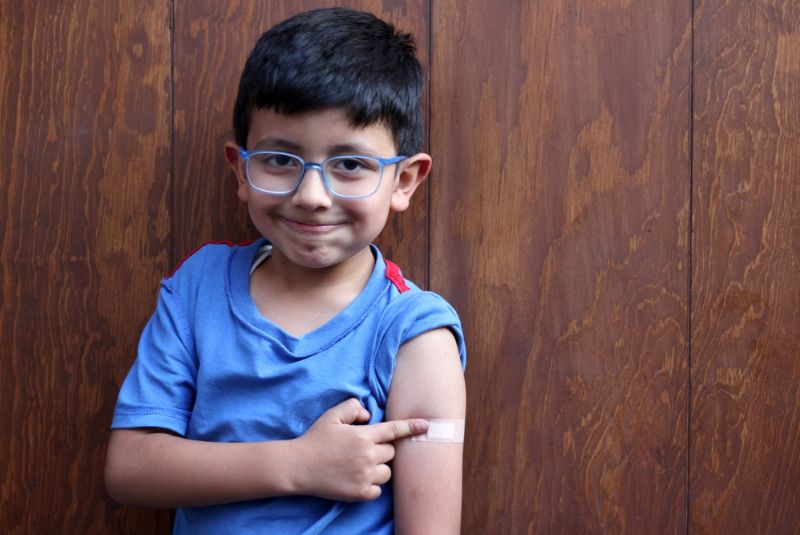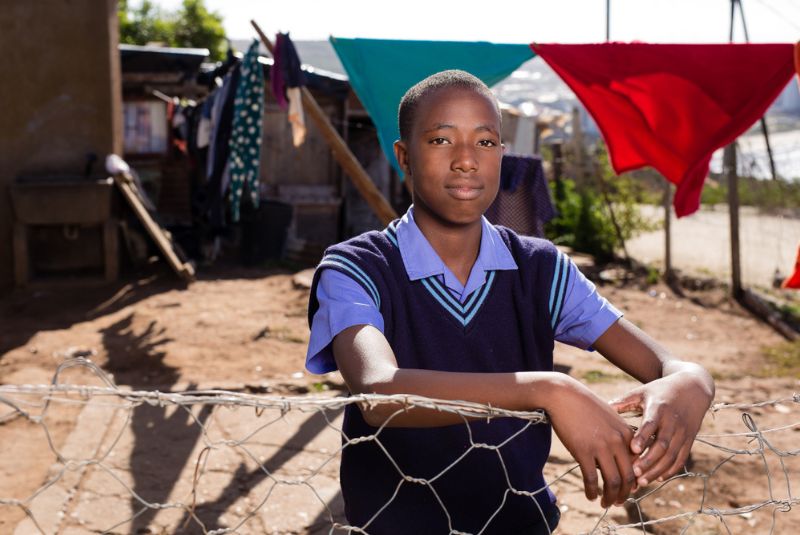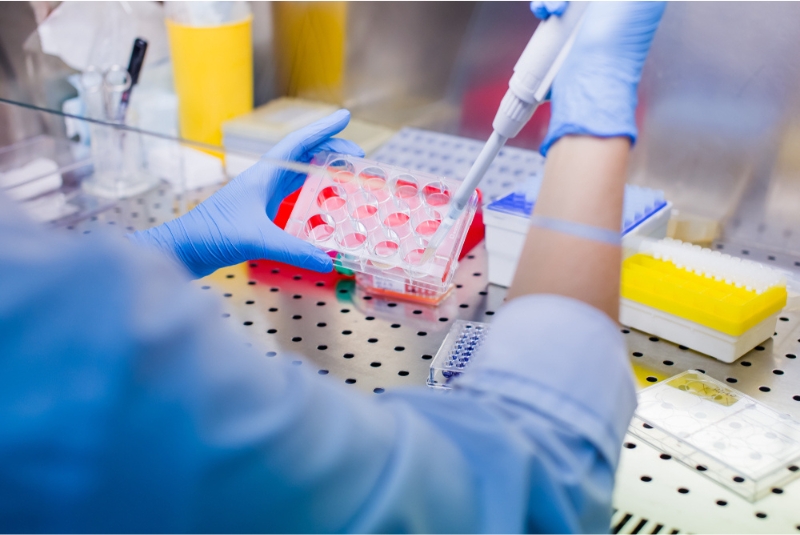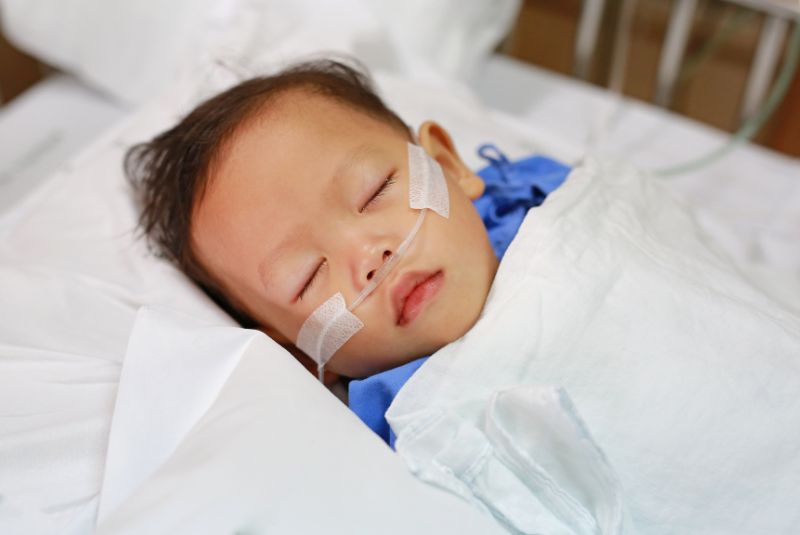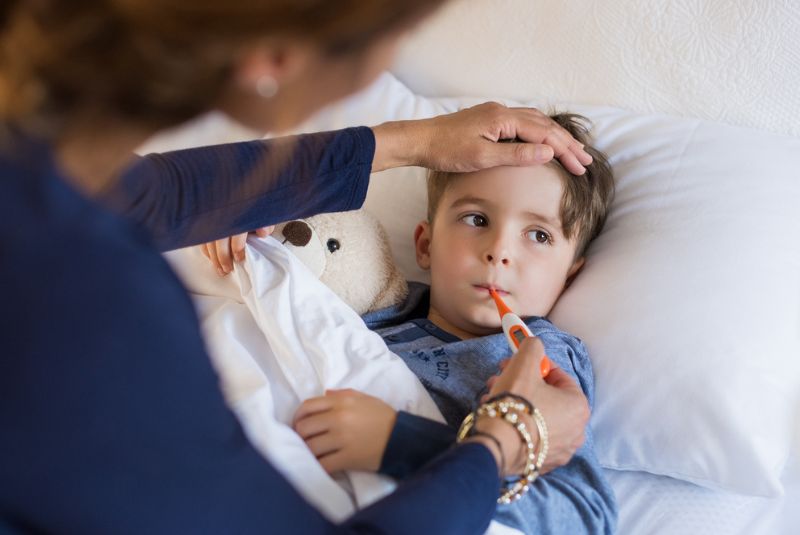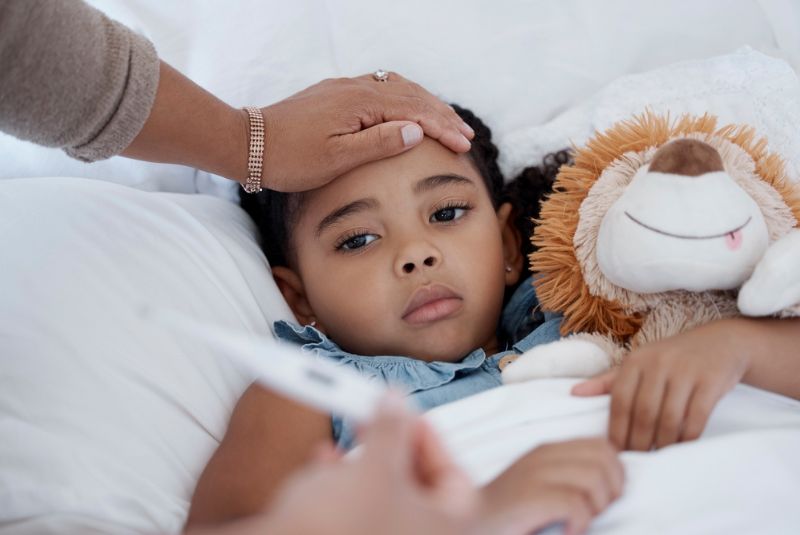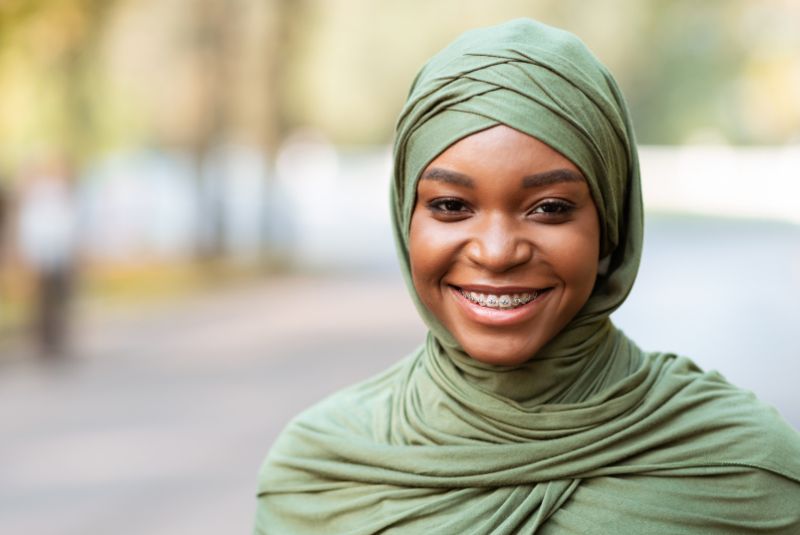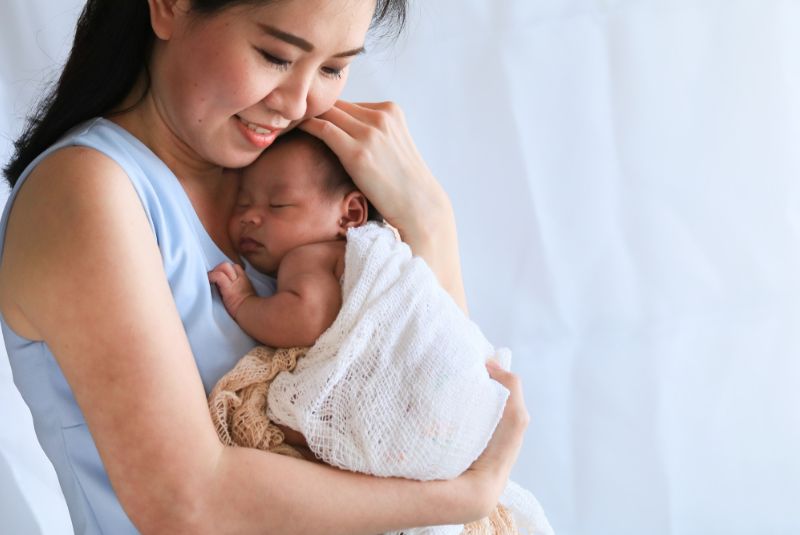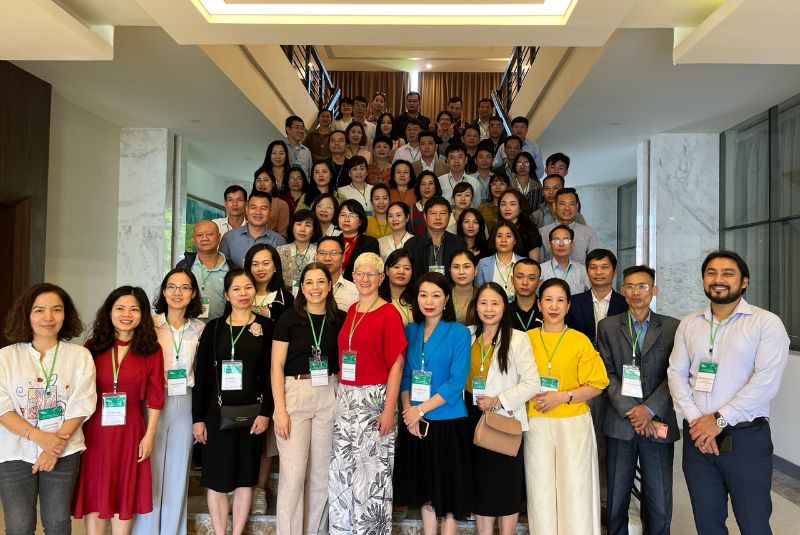COVID-19

COVID-19 is an infectious disease caused by a new type of coronavirus (SARS-CoV-2), which emerged in 2019.
Coronaviruses are a large family of viruses that usually cause mild or moderate illnesses such as the common cold.
But some types can cause more serious, even life-threatening diseases such as COVID-19.
SARS-CoV-2 usually enters the mouth or nose and infects cells of the airways. It can cause coughing, fever, shortness of breath, a sore throat, headache and, in some variants, temporary loss of taste or smell.
COVID-19 spreads from an infected person’s mouth or nose through coughing, sneezing, speaking, singing or breathing, or by touching contaminated surfaces.
The virus can infect children, but they appear less likely than adults to have severe symptoms and develop serious illness.
Vaccination reduces the risks of severe disease and death, and several drugs reduce the risk of disease progression.

Who does it affect?
Who does it affect?
- The World Health Organization declared COVID-19 a global pandemic in March 2020. By May 2022, Australia had recorded 6 million of 520 million global cases and 7,873 of the world’s 6.2 million COVID-19 deaths.
- COVID-19 has killed more than 13,400 people aged under 20 worldwide but children generally experience mild or no symptoms, about one per cent are hospitalised and death is rare.
- About one in 20 COVID-19 cases in Australia are in those aged under 19.
- Vulnerable children with existing illnesses or from disadvantaged backgrounds (lower-middle income countries).
- See our Frequently asked questions for more information.
Our COVID-19 research
Our COVID-19 research
As one of the world’s top medical research institutes, the Murdoch Children's has mobilised its resources, scale and partnerships to combat COVID-19. We collaborate with research institutes and health authorities worldwide, focusing on our areas of expertise to support the global effort.
We established the Melbourne Children's COVID-19 Kids Research Program, a team of more than 50 doctors and researchers with expertise in many fields. Its focus is on interventions to lessen the impact and research into effects on children, families and healthcare workers.
The six key areas are:
- COVID Response - investigates vaccines and therapeutics. Our BRACE trial in nearly 7,000 healthcare workers worldwide is testing if the BCG tuberculosis vaccine can protect those exposed to SARS-CoV-2 from developing severe symptoms by boosting their ‘frontline’ immunity. Research shows BCG can provide some protection against respiratory viral infections.
- COVID Kids studies disease features, infection, incidence and transmission in children. The research includes effects on organs to support the development of treatments, an international paediatric COVID-19 intensive care registry to improve outcomes of infected children and newborns needing critical care, and school research including a study of transmission in schools and childcare.
- COVID Immune investigates immune system factors associated with disease severity and protection and COVID-19’s effects on children’s immune systems.
- COVID Wellbeing studies long-term societal, mental and physical health and economic impacts on children and families including prevention, treatment and ongoing support for COVID-related health problems.
- COVID Vulnerable evaluates impacts on vulnerable communities including the socially disadvantaged and those with chronic illness.
- COVID Global studies impact on children and families in developing countries and mitigating strategies.
Impacts of our research
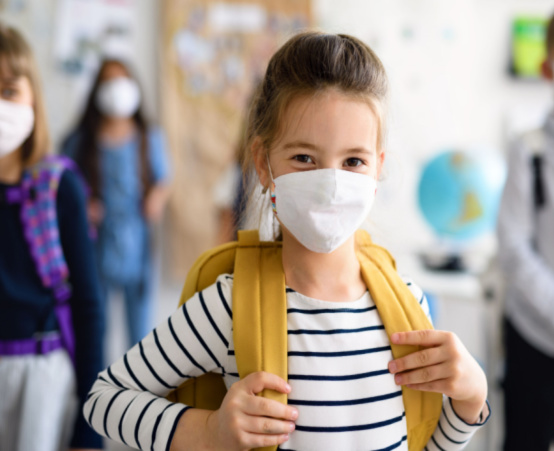
Impacts of our research
- Our research addresses COVID-19 from all angles to provide governments, businesses and families with evidence-based answers, tools, resources and advice. This includes many trials, weekly vaccine updates and children’s surveillance reports. In each of the six key areas, we’ve made significant and globally relevant contributions to COVID-19 knowledge. Our research and summaries of global studies inform health policy and practice.
- Our experts are widely quoted in the media on the virus and vaccination. We’ve produced COVID-19 fact sheets, videos and podcasts, webinars, research briefs plus FAQs to give parents reliable information.
- The BRACE Trial confirmed BCG vaccination alters immune responses to SARS-CoV-2 in test tubes. We’ll soon know if it protects humans.
- We lead an international paediatric COVID-19 intensive care registry compiling data on SARS-CoV-2 infections in babies and children to improve intensive care outcomes, and we monitor child presentations from asymptomatic (no symptoms) to severe.
- Our research into COVID-19’s effects on organs has deepened understanding of impacts on the heart. We’re studying effects on every organ and the placenta to develop treatments and investigating long-COVID symptoms including fatigue and breathing problems.
- We’re investigating effects on children’s immune systems and found a child’s innate immune system (first line of defence) protects from severe COVID as does their blood vessel health.
- Our analyses informed return to school and help keep school gates open, but our research found indirect and social impacts of the pandemic on children and adolescents are substantial, affecting mental and physical health and learning.
- As part of the global COVID Human Genetic Effort, we found faulty genes linked to severe infection.
Our vision
Our vision
Our goals are saving lives and reducing the impacts of COVID-19 on children and the community now and into the future. Our contributions to the global effort to fight the pandemic will mean better vaccines, treatments, access, prevention and outcomes.

